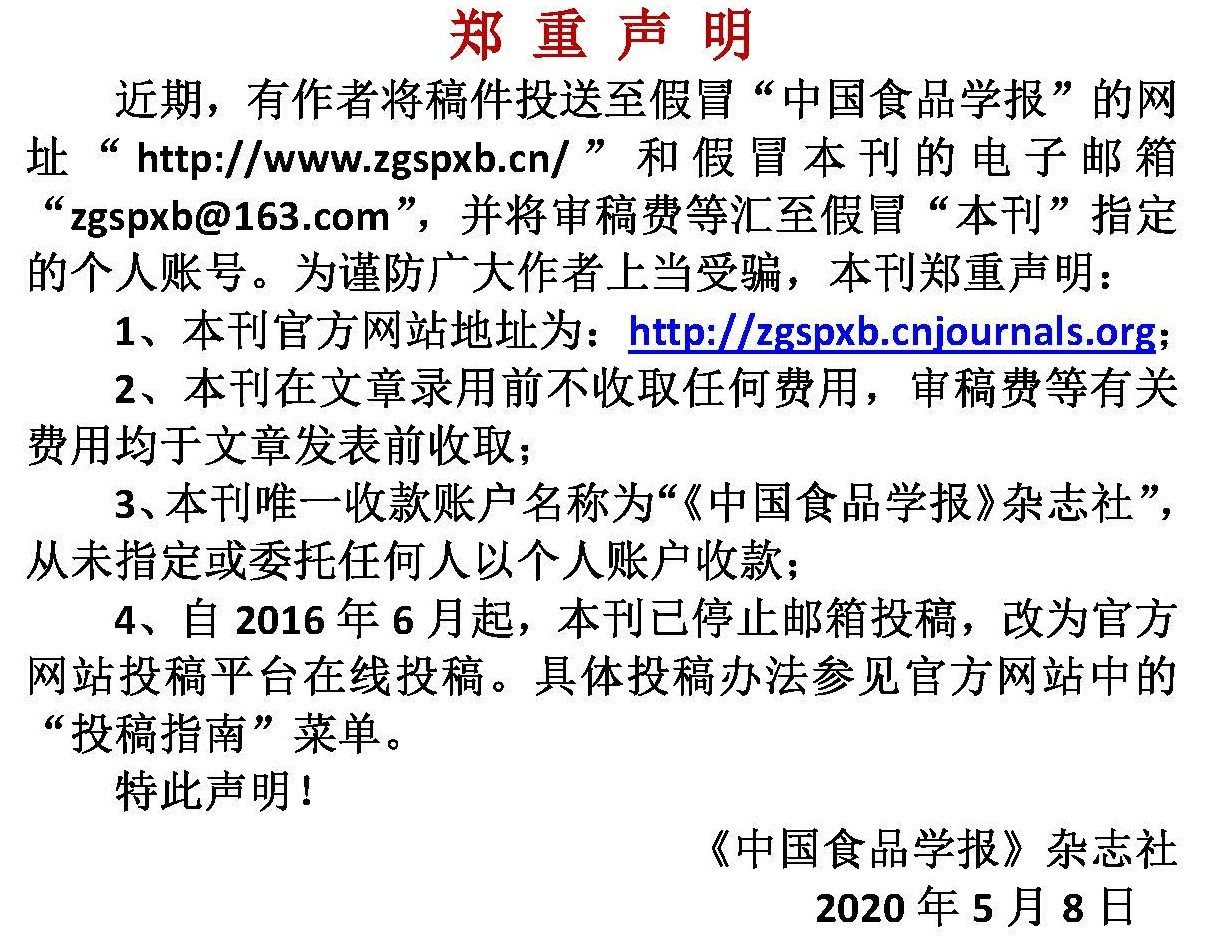基于网络药理学与动物实验探究肉苁蓉总苷对炎症性肠病的作用机制
作者:
作者单位:
(1.北京联合大学生物化学工程学院 生物活性物质与功能食品北京市重点实验室 北京 100023;2.农业农村部食物与营养发展研究所 北京 100081)
作者简介:
通讯作者:
中图分类号:
基金项目:
北京市属高校分类发展项目
The Mechanism of Total Glycosides of Cistanche deserticola Y. Ma on Inflammatory Bowel Disease Based on Network Pharmacology and Animal Experiments
Author:
Affiliation:
(1.Beijing Key Laboratory of Bioactive Substances and Functional Food, College of Biochemical Engineering,Beijing Union University, Beijing 100023;2.Institute of Food and Nutrition Development, Ministry of Agriculture and Rural Affairs, Beijing 100081)
Fund Project:
引用本文
闫文杰,冯朵,张绍时,周士琦.基于网络药理学与动物实验探究肉苁蓉总苷对炎症性肠病的作用机制[J].中国食品学报,2023,23(10):1-11
复制分享
文章指标
- 点击次数:
- 下载次数:
- HTML阅读次数:
历史
- 收稿日期:2023-10-12
- 最后修改日期:
- 录用日期:
- 在线发布日期: 2023-12-04
- 出版日期:
文章二维码

版权所有 :《中国食品学报》杂志社 京ICP备09084417号-4
地址 :北京市海淀区阜成路北三街8号9层 邮政编码 :100048
电话 :010-65223596 65265375 电子邮箱 :chinaspxb@vip.163.com
技术支持:北京勤云科技发展有限公司
地址 :北京市海淀区阜成路北三街8号9层 邮政编码 :100048
电话 :010-65223596 65265375 电子邮箱 :chinaspxb@vip.163.com
技术支持:北京勤云科技发展有限公司
